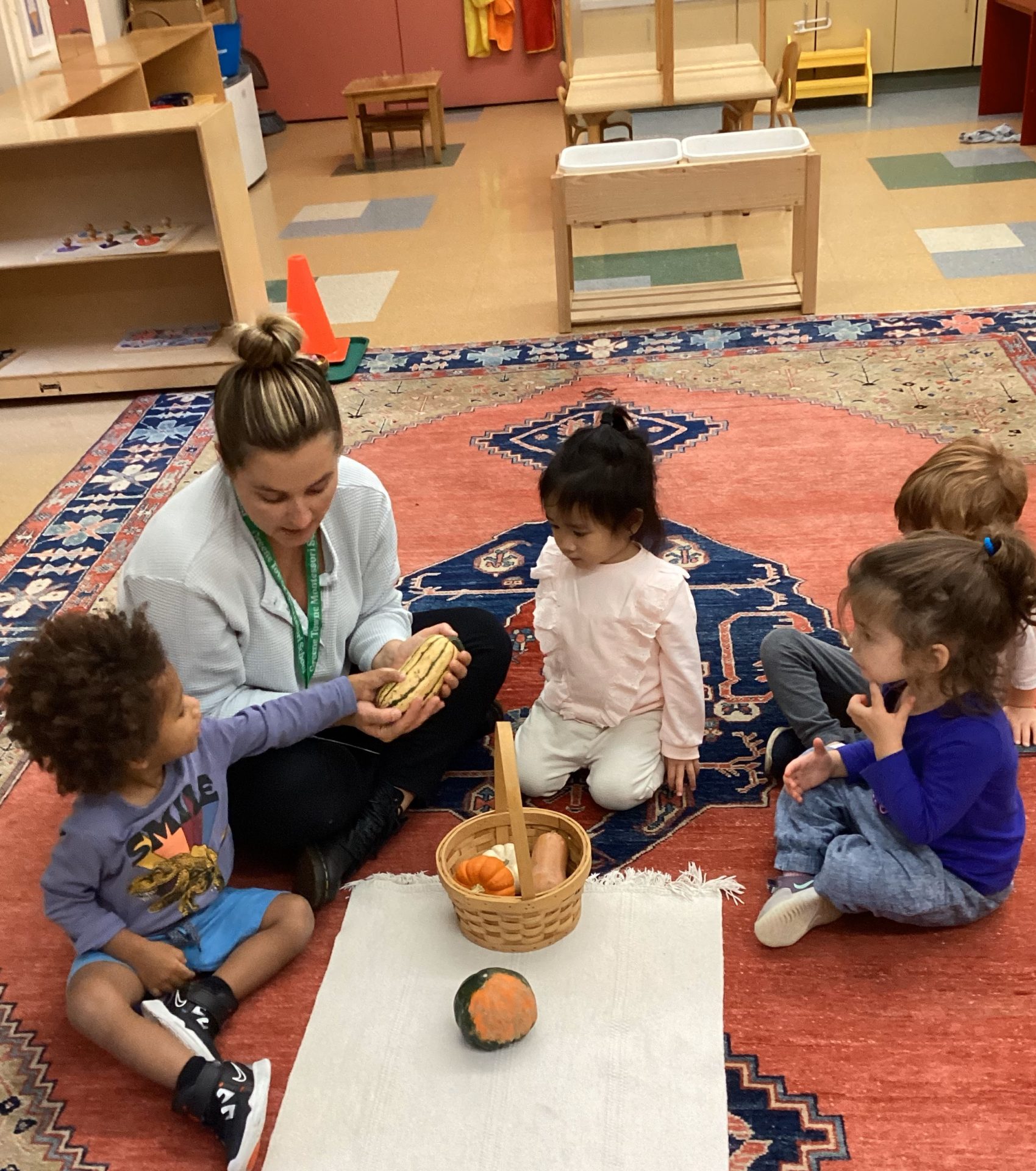TADM: October 2022
Toddler Nutrition Do you find that your child… Dips their food but then only licks the sauce. Only eats the yellow veggie straws, leaving the orange and green. Only will eat or drink from the plate or cup of their choosing, regardless of it being clean or available. Welcome to the life of a toddler! […]

Toddler Nutrition
Do you find that your child…
Dips their food but then only licks the sauce.
Only eats the yellow veggie straws, leaving the orange and green.
Only will eat or drink from the plate or cup of their choosing, regardless of it being clean or available.
Welcome to the life of a toddler!

Toddler ADM Snack
Children are seated as a whole group for both morning and afternoon snack time. Eventually the morning will introduce self-serve snack. This means snack is available for the morning work cycle for children to decide when to sit to eat snack. It is usually at a table for two so other children learn to wait their turn and while eating the children can put the grace and courtesy lessons into practice.
In the morning, the snack is usually multigrain Cheerios or pretzels with fresh or dried fruit. In the afternoon, after nap, the snack changes each day and is heartier in nature. Example: graham crackers with cheese and applesauce, tater tots with vegetables, pretzels and hummus with fruit or vegetable. We also use this snacktime to offer a variety of foods for children to try and to become more familiar with seeing it on their plate repeatedly.
Sometimes a child will refuse to eat a tomato until a few weeks in and it becomes their favorite thing on their plate! Or a child will only eat dried fruit at school with their peers but then not even touch it at home with their family. Below are some pictures of snack in the afternoon and lessons given to introduce fall produce:




Supporting Bodily Autonomy
During this time, as a toddler, your child is experiencing transformative and rapid development while also learning what it means to become their own person.
Teaching bodily autonomy supports kids in learning to listen to their bodies and trust themselves. We can start practicing bodily autonomy in our everyday lives when it comes to toilet training, greeting friends and relatives, at mealtimes, and with physical interactions between you and your child. An example of being the most supportive during mealtime is to say, “You can eat the rest of your lunch/dinner if you feel hungry. If you’re not hungry, you can be done.”

As children are fostering independence they start experimenting with what is in their control-sleeping, toileting, and eating. One of the best ways to manage mealtimes is to involve your child in the process.
Here are some suggestions:
- You may have your child help in selecting what they want for snack then store it at their level in the refrigerator or pantry for them to serve themselves throughout the day.
- Next time you need to go to the grocery store with your child, create a small list for them to gather a few things in their own basket/shopping cart.
- At home, they can scrub and wash the produce before it is stored or they may help in preparing food for the next meal- cutting veggies, wash/spin lettuce leaves, etc.
Mealtime
- Let kids learn by serving themselves
- Serve food family style.
- Teach child to take small amounts at first. Consider that their stomach is the size of their fist.
- Be patient (body autonomy over compliance)
- Research suggests that offering a disliked food continuously (up to 25 times!), will lead to familiarity which will lead to acceptance. You may also try serving it in different ways
- When you offer new foods, let them choose how much to eat.
- Share the adventure
- Children like to try foods they help make and is a great way to support trying new fruits and vegetables. At school, children have helped to make hummus, guacamole, soup, muffins, bread, applesauce, and pizza.
- Model, model, model! Let your child see you enjoying healthy foods at meals and snacks.
- Challenge the family to eat the rainbow! So many creative ways to record on a chart or draw a rainbow to color in together and compare each week
To help create more eagnerness to eat, consider having your child assist in packing thier lunch, if possible. They may choose between 2 food options or help in transferring the food into the containers. Below are some lunch suggestions for toddlers that offer variety, in food from each group (protein, fruit/veggie, healthy fat, fiber) and ways to serve food that helps foster independence (open/close containers, use of a utensil, etc.) It is also important to remember eating at school can be different than at home as they are surrounded by peers who are mostly seated and eating as well.




Book recommendations:







